|
|
Abnaki Type Birch Bark Canoes
From the Lake Memphramagog
area of Quebec
Henri Vaillancourt
14 foot Abnaki style birchbark canoe
|
|
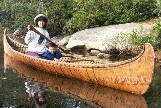 |
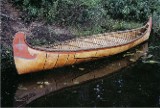 |
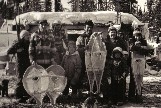 |
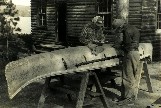 |
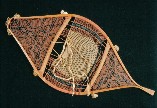 |
| Full size birchbark canoes | Scale model birchbark canoes | Native technology videos and DVDs | Native technology books | |
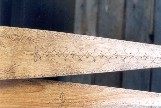 |
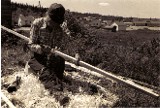 |
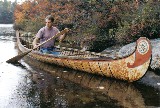 |
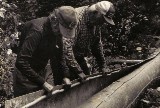 |
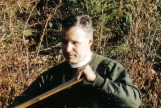 |
| Traditional Indian paddles | Crooked knives | Home |
Materials |
About the builder |
Lines of old Abnaki birch bark canoe from Lake Memphramagog measured by Edwin Tappan Adney in 1890
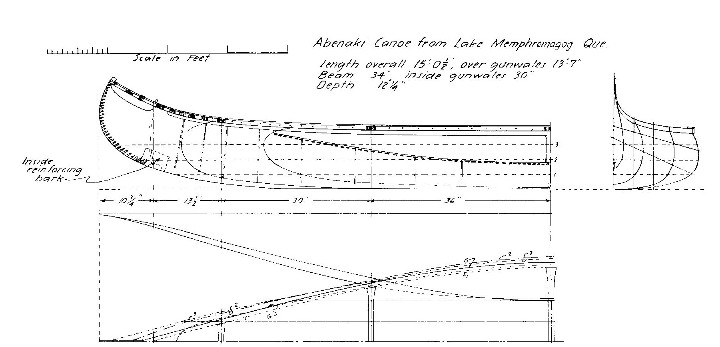
| A Brief Historical Background | |
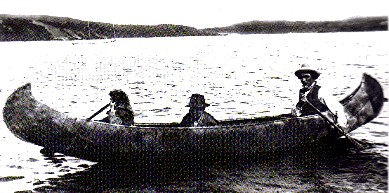
|
This Abnaki birch bark canoe is based on a specimen measured and documented in 1890 by Edwin Tappan Adney [ Adney researched birchbark canoes from the late 1800's until his death in1950 ] from the Lake Memphramagog area of Quebec ; it appears on page 92 of the book '' The Bark Canoes and Skin Boats of North America '' by Adney and Chappelle . Originally in the collection of the Museum of Natural History in New York , this canoe is now missing and presumed destroyed . |
| Cree Indians in a birchbark ''crooked canoe'' ; Great Whale River c. 1900 ; photo A.A.Chesterfield , courtesy Queen's University Archives | |
|
What this canoe
represents in terms of tribal type is somewhat unclear as no other canoe like
it has been found of Abnaki manufacture. The typical Abnaki birchbark canoe of
the late 1800's was chararterized by a flare or wall sided hull with a rather
peaked bow and stern , In contrast, the cross-section of the Memphramagog
canoe is tumblehome sided like those of their close relatives, the Malecite
and Penobscot [ earlier forms of Abnaki canoes are presumed to have been like
those of the Malecite and Penobscot].The rounded bow profile is not unlike
many of the low -ended Malecite birchbark canoes of the late 1800's ;
however, combined with the strong rocker of the bottom, the bow profile is
identical to that seen on Montagnais canoes from the north shore of the St.
Lawrence River . Rockered bottom canoes are particularly well suited to rough
water , both white water and the large waves of windy lakes . The ocean going
canoes of the Passamaquoddy feature a similar strong rocker to handle rough
coastal waters . Whether this canoe represents a variant form once common in
areas of open water , or a builder's independent invention cannot be
determined at this point . 1
|
|
| Available sizes | |
| These canoes can be made in
lengths from 14' to 20' with beams of 30'' to 34''. The
strongly rockered bottom allows for easy turning when paddling , a
characteristic that is preferred by some canoeists. The rocker is also
desirable in rough water , especially high waves , as the shorter bottom
allows the canoe to rock between the waves without shipping water ; the
elevated ends also help in keeping water from entering the canoe [ extreme
examples of rockered bottoms with elevated ends can be seen in the ' crooked
canoes ' of the Montagnais and Cree Indians].
Very little information exists on the decoration of Abnaki canoes , as surviving examples built in the later period are usually undecorated . However , it can be presumed from other implements that have been preserved , that the Abnaki stylistically followed the tradtions of their malecite - penobscot relatives . Thus , the canoe pictured at the top of this page is decorated with the " fiddlehead pattern '' under the gunnels and with the ''doudle-curve'' motif on the bark deck flaps after the fashion of the Malecite. |
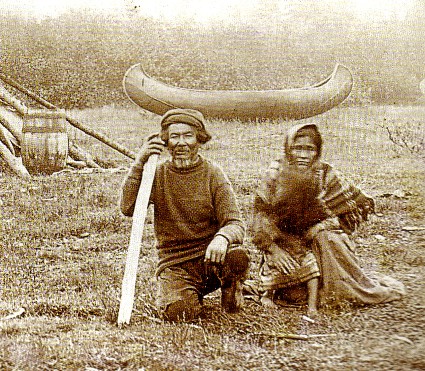 |
| Cree Indians and birchbark "'crooked canoe'':Fort George, 1902,courtesy Queen's University Archives | |
| 1 During his research work
with the Mistassini Cree in the 1970's and 80's, Vaillancourt observed many
departures from the norm by individual craftsmen in various aspects of
material culture . This was most notable in the area of snowshoe making ,
which was at the time a very important economic activity in their subsistence
hunting culture. It was not uncommon to find snowshoes that in form and
construction departed radically from what was considered to be the '
Mistassini style ' snowshoe. In some cases , this was directly attributable to
the influence of other tribal styles due to trade or familial connections.
In other instances, individual innovation unrestricted by narrow cultural
convention seemed to be the main factor . |
|
[TOP]
For more information not included on this website
email
henri5@birchbarkcanoe.net
phone 603-878-3616
or write Henri Vaillancourt
PO Box 142
Greenville, New Hampshire, 03048